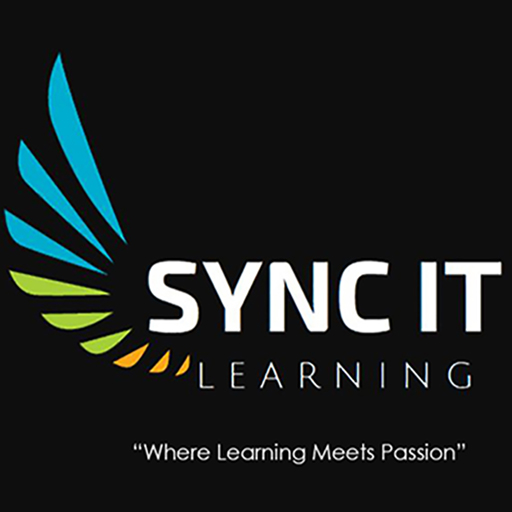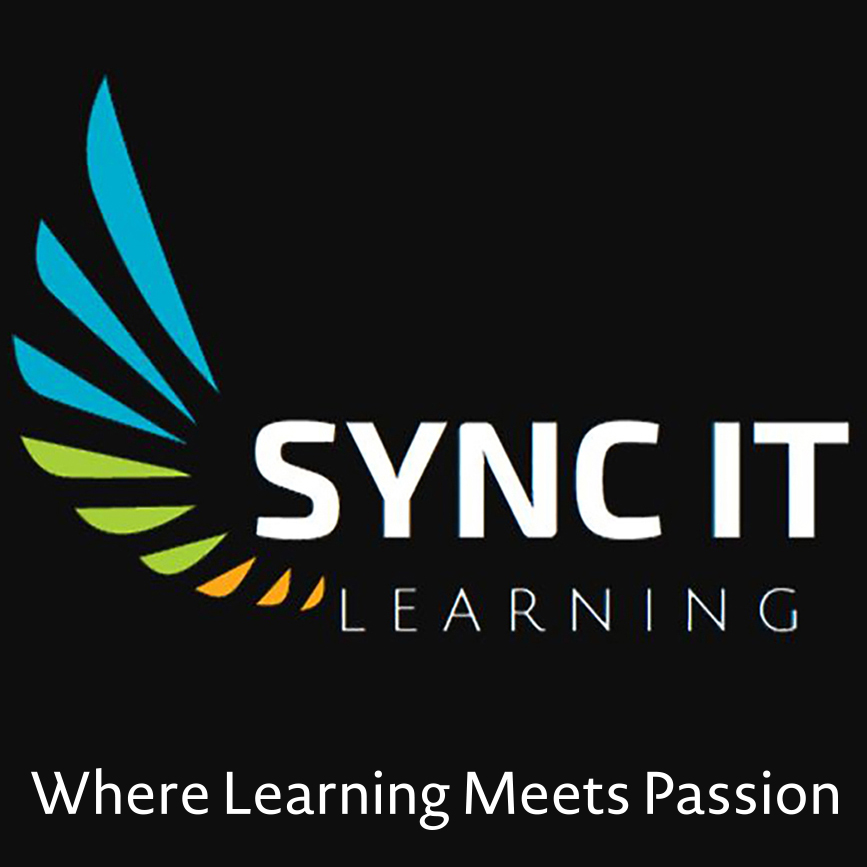PMBOK (Project Management Book of Knowledge) is a guide that lists down all the latest practices and procedures that have to be put in practice by the project managers. Therefore, candidates who are aspiring to pursue a career in project management must be completely aware of these practices.
 PMI i.e. Project Management Institute revises, modifies, or introduces new practices through a new edition of PMBOK every 4 or 5 years. By considering the widespread use of agile technologies, the PMI introduced the latest i.e. 6th Edition of PMBOK in 2017. Therefore, the exams that have been conducted after March 2018 have been completely based on this edition.
PMI i.e. Project Management Institute revises, modifies, or introduces new practices through a new edition of PMBOK every 4 or 5 years. By considering the widespread use of agile technologies, the PMI introduced the latest i.e. 6th Edition of PMBOK in 2017. Therefore, the exams that have been conducted after March 2018 have been completely based on this edition.
PMBOK 5th Edition v/s PMBOK 6th Edition
Since the aspiring project management professionals need to know the changes that were introduced in the 6th Edition, it becomes essential for them to learn the key differences between the 5th and 6th editions.
Processes that we renamed in the 6th Edition
We all know that the 3rd Edition comprises only 39 processes whereas the 6th Edition has 49 processes as compared to the 47 processes that are listed down in the 5th Edition.
This does not mean that only two processes are added in the 6th Edition. Many of the processes have been renamed and one process has been removed as well. First, let us look at the processes that have been renamed in the latest edition of PMBOK.
| Processes of 5th Edition | Changed names in 6th Edition |
| Control Risks | Monitor Risks |
| Control Communication | Monitor Communication |
| Plan Stakeholder Management | Plan Stakeholder Engagement |
| Control Stakeholder Engagement | Monitor Stakeholder Engagement |
| Develop Project Team | Develop Team |
| Manage Project Team | Manage Team |
| Perform Quality Assurance | Manage Quality |
| Plan Human Resources Management | Plan Resource Management |
| Acquire Project Team | Acquire Resources |
Though these name changes were not major, they changed the language that the project management professionals use in their day-to-day works. Also, we can see that the PMI has made a conscious effort to shift the focus of project managers from controlling to monitoring processes and techniques.
Modification of knowledge areas
Apart from these processes, the names of 2 knowledge areas have also been changed. Project Time Management is now called Project Schedule Management i.e. the project managers now have to manage schedule instead of time.
Similarly, Project Human Resources Management has now been renamed to Project Resource Management. This means that project managers now have to manage non-human resources as well.
However, the project groups i.e. Initiating, Planning, Execution, Monitoring, Closing, and Controlling are the same in both the editions.
Introduction
The introduction is almost rewritten completely in the 6th Edition of PMBOK. New details on project life cycles, phase gates, and various project phases have been provided whereas the details related to the basic PMI standards such as programs, portfolios, and projects remain the same.
Apart from these changes, an overview of the various development approaches such as incremental, adaptive, predictive, iterative, etc. has been provided in the new edition. Moreover, additional information is provided on benefits management plans and other business documents.
A process that was deleted
As we had mentioned earlier one process that was mentioned in the PMBOK’s 5th Edition has been removed from the 6th Edition. The name of this process is Close Procurement.
This process was eliminated because the project managers had nothing to do with it as it came under the duties of the Procurement Manager.
Addition of a new chapter
A new chapter named ‘Role of a Project Manager’ has been added in the 6th Edition. This chapter defines the roles of a project manager. It also highlights the skills that an aspiring project manager must possess.
These skills are also categorized into three parts viz. Technical, strategic and business management, and leadership.
Also, the initial 3 chapters have been rewritten to emphasize the roles and duties of a project manager. These chapters describe a project manager as a professional who thinks new ideas, integrates them into various processes, leads from the front, and is an expert in business matters.
Grouping of tools & techniques
PMBOK 5th Edition had listed down 132 tools and techniques that were required to manage a project efficiently. These tools and techniques remain the same but they are classified into 6 different groups in the 6th Edition to define their role in a better way. These groups are as follows:
Gathering of data
Analysis of data
Data representation
Decision making
Communication skills
Interpersonal & team coordinating skills
Introduction of new sections
The knowledge areas of the PMBOK remain the same in the 6th Edition but 4 new sections are added. They are:
Key Concepts
Trends & Emerging Practices
Tailoring Considerations
Consideration for Agile/Adaptive Environments
Inclusion of Agile
The most noticeable thing that differentiates PMBOK 5th and 6th Edition is the introduction of Agile concepts across all the knowledge areas. This means that you will find many concepts and ideas of the Agile Practice Guide in this edition.
This has redefined the scope of approaches that are used in project delivery and brought a noticeable change in the certification courses like PMI-ACP, PMP, and CAPM that are conducted by PMI.
Inclusion of risk response strategy
PMBOK 6th Edition includes another risk response strategy that is not present in 5th Edition. It is called ‘Escalate’ and it applies to the risks that are identified in both opportunities and threats.
This means that whenever a project manager feels that a certain risk is beyond his scope regardless of whether it is a threat or opportunity, he can escalate it and assign it to some other person who is capable of handling it. Once he hands over the risk to that person he can mark it as ‘Assigned to’ in the risk register.
Notations
The processes that are in execution mode are defined as ongoing processes and the processes that are not in execution mode are defined as non-ongoing processes in the 6th edition.
Earn schedule
A new concept called ES i.e. Earned Schedule has been added in EVM i.e. Earned Value Management that falls under the Project Management Cost.
It is added to redefine the schedule variance and SPI (Schedule Performance Index) that were utilized in the traditional Earned Value Management.
Minor addition or changes
PMBOK 6th Edition differentiates between the written communications such as emails, memos, etc. and verbal communications such as meetings, group discussions, etc.
The minute differences between Product and Project scope have been explained subtly in the new edition.
Additional information on management elements, organizational structures, and governance has been added in the new edition and the older concepts such as EEF (Enterprise Environmental Factors) and OPA (Organizational Process Assets) that were present in the 5th Edition have been retained in the 6th Edition as well.
Conclusion
The PMBOK 6th Edition recognizes Agile as one of the main techniques of project management and emphasizes its use in business development and strategies. Agile methodologies are being implemented across all the industries and sectors and it is considered to be the present and future for project management and related studies.
Therefore, candidates who want to build a career in project management must use PMBOK 6th Edition as the reference book while preparing for both PMP and CAPM certifications.



